This article is written by a student writer from the Her Campus at Skidmore chapter and does not reflect the views of Her Campus.
After years of anticipation, the Victoria’s Secret Fashion Show is finally back — and this time, it truly reminded us why it became such an iconic event in the first place. From the moment Karol G took the stage, the energy was electric. Her confidence, talent, and unapologetic Latina presence made me feel so proud. As a Latina woman myself, seeing her command that stage felt empowering — like a long-overdue celebration of women from all backgrounds finally being seen. Madison Beer also performed beautifully, adding a soft yet powerful touch to the atmosphere. Her dancing skills and angelical voice made her performance even more elegant.
The show itself felt like a complete transformation compared to last year. Gone were the overly sleek, identical looks — instead, models showcased elevated, individual hairstyles that gave each of them their own spotlight. It was refreshing to see a mix of classic glamour with a modern twist. The lineup featured fan favorites like Barbara Palvin, Gigi Hadid, Bella Hadid, and the legendary Adriana Lima, all of whom radiated confidence and grace.
But what truly stood out was the diversity and inclusivity on that runway. Olympic gold medalist Suni Lee made an appearance, representing strong, successful women who’ve achieved greatness outside of fashion. And at the very beginning of the show, a pregnant model walked the runway — glowing, confident, and redefining what beauty looks like. It was such a powerful reminder that femininity, strength, and beauty come in countless forms.
From a business perspective, this comeback marks a strategic turning point for Victoria’s Secret. In recent years, the brand faced heavy criticism for its lack of inclusivity and outdated image. This show, however, signals a rebranding effort that focuses on empowerment, diversity, and authenticity — key values that resonate with today’s consumers, especially Gen Z and millennial women. By featuring women like Karol G and Suni Lee, and celebrating different forms of beauty, Victoria’s Secret isn’t just selling lingerie anymore — it’s rebuilding trust and reconnecting emotionally with its audience.
Fashion shows like this are more than entertainment; they’re marketing in motion. Every performance, model, and design choice reflects a brand’s message and values. And this year, Victoria’s Secret made it clear: it’s evolving with its audience, celebrating real women, and reclaiming its place in the modern fashion industry.
Watching this year’s show, I felt hopeful. Not just as a viewer, but as a woman — and as a business student who understands how powerful it is when a brand learns from its past and chooses to grow. The Victoria’s Secret Fashion Show isn’t just back; it’s redefining what it means to be confident, beautiful, and unstoppable.

.jpeg)





















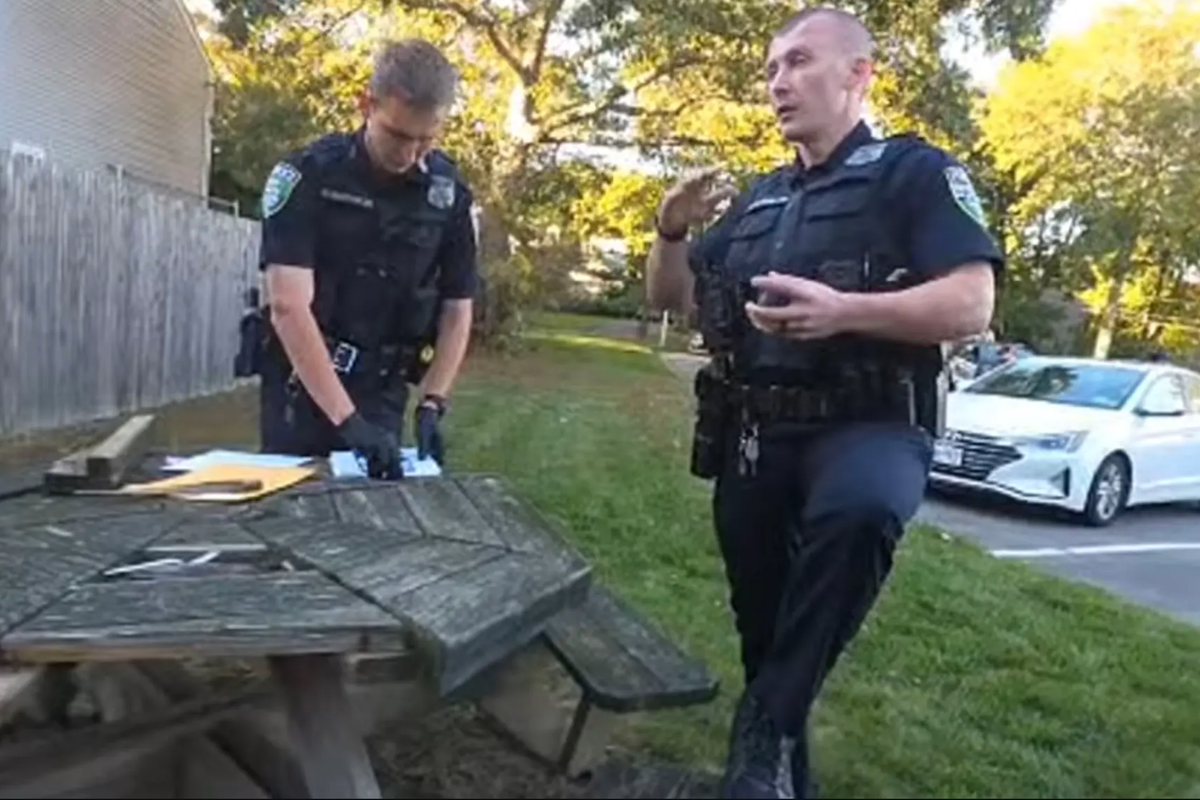
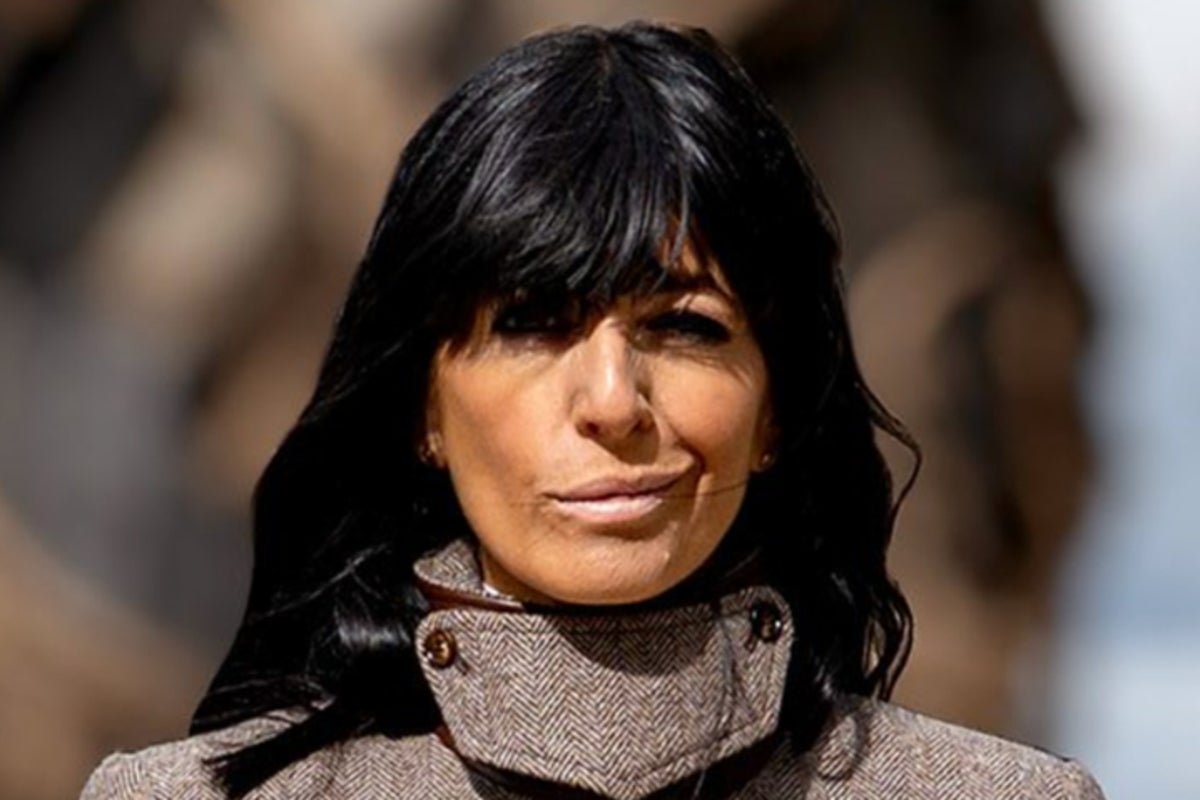




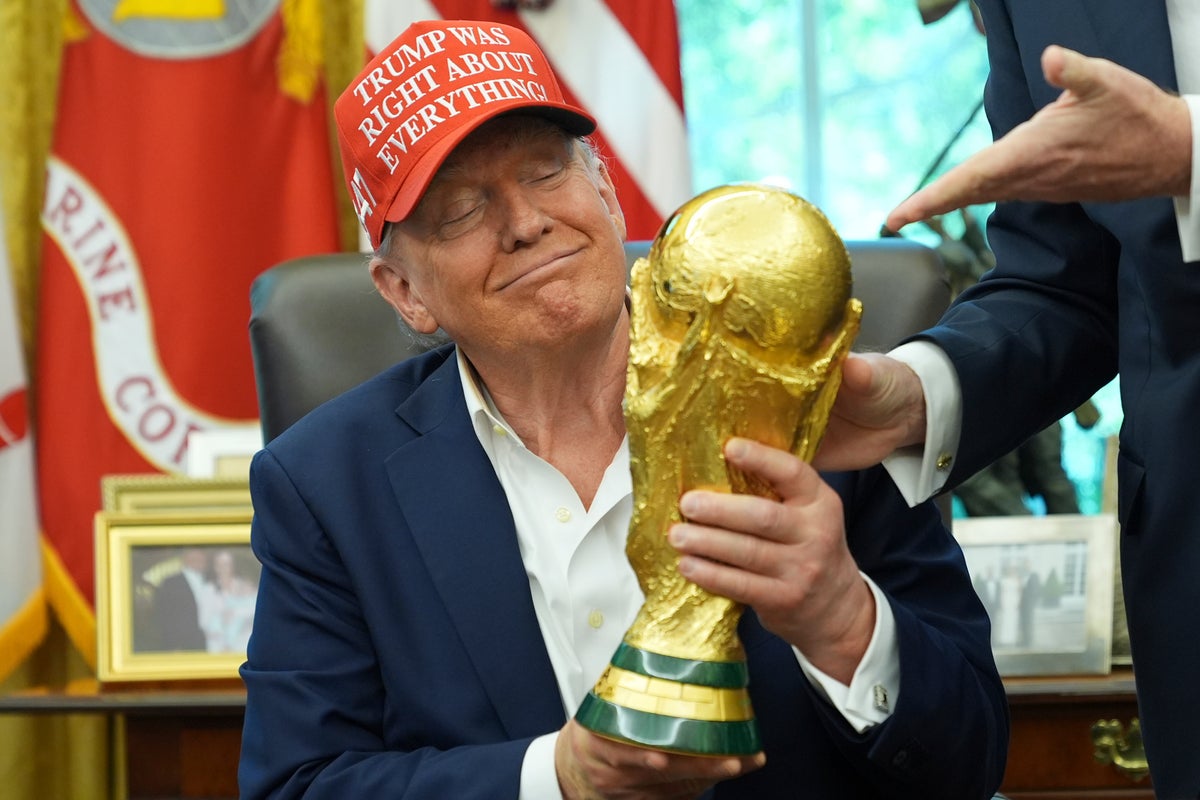






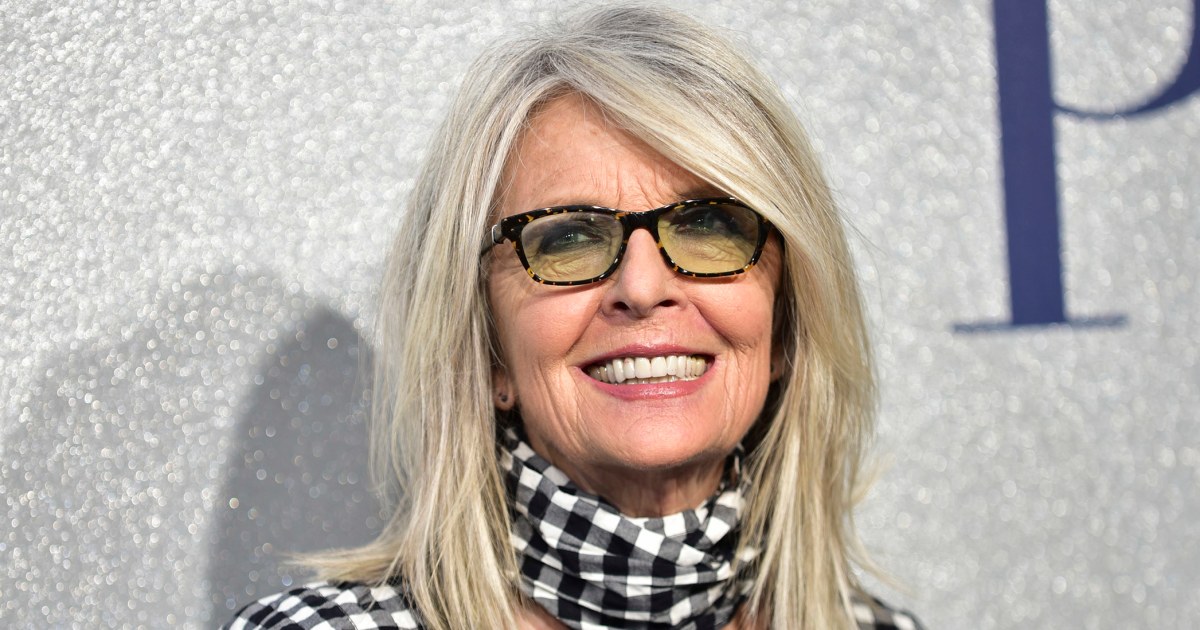
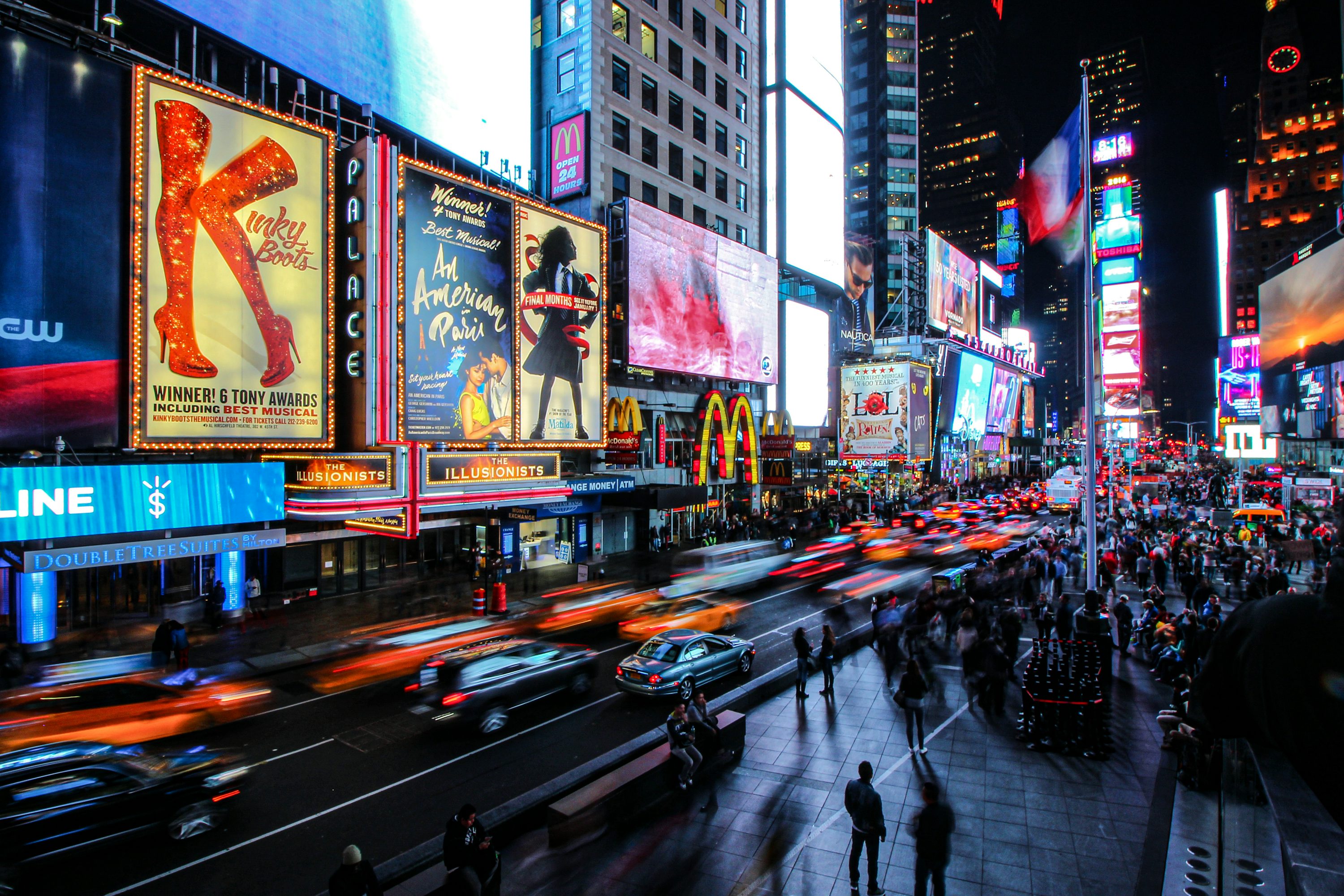
 English (US) ·
English (US) ·